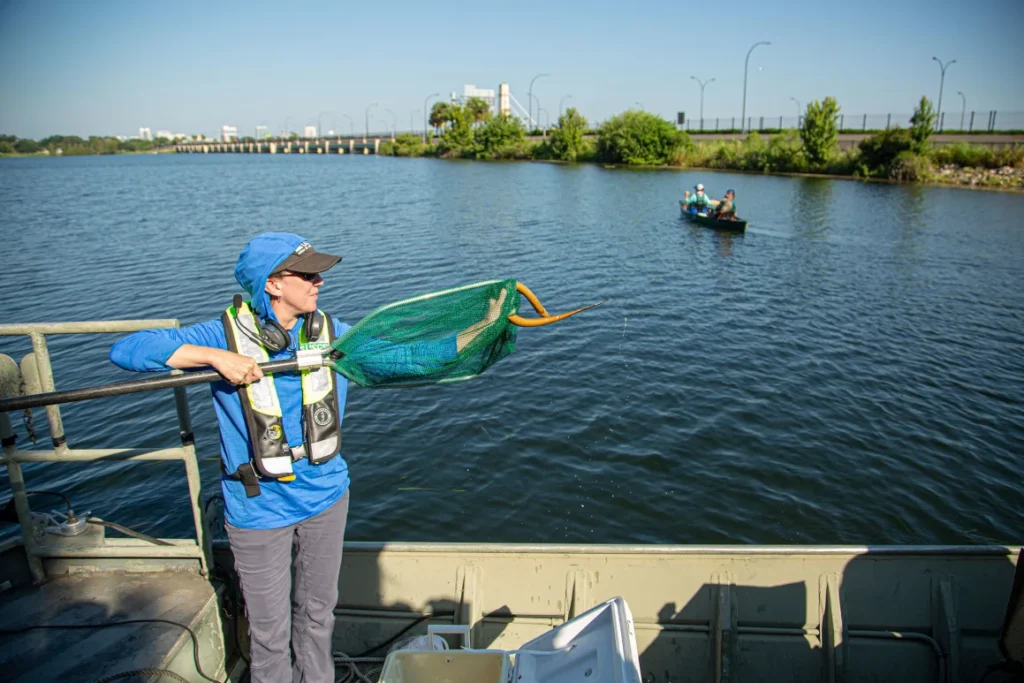Florida’s wetlands and coastal ecosystems are under new pressure as climate change intensifies storms and flooding, giving invasive species more opportunities to spread. Scientists warn that hurricanes and heavy rains are carrying non-native plants and animals into new environments, accelerating ecological damage in places like the Everglades and along Florida’s coast.
Research tracking recent hurricanes shows how back-to-back storms can push invasive species across state lines. Floodwaters can move fish, snails, and even aggressive plants into areas where they did not exist before. The Asian swamp eel, for example, has been spreading rapidly in the Everglades and has already wiped out large numbers of native crayfish. Brazilian peppertrees, another invasive species, thrive along shorelines and worsen flooding by disrupting natural vegetation that normally absorbs water.
Marine ecosystems are also at risk. The lionfish, introduced through the aquarium trade but now firmly established in Florida waters, preys on juvenile reef fish at alarming rates. Scientists estimate that in some areas lionfish have reduced small reef fish populations by nearly eighty percent, threatening coral reef recovery and balance. Stronger storms and warming seas could allow them to expand their range even further.
These invasions highlight how interconnected climate change and biodiversity loss have become. Flooding and extreme weather events give invasive species new pathways, while native species face stress from rising temperatures and habitat disruption. Conservation experts say monitoring storm impacts is now essential, as prevention and rapid response will be key to slowing the spread.
Florida’s experience is a warning sign for other coastal regions. With sea levels rising and storms gaining strength, invasive species may find more opportunities to establish themselves around the world. The challenge is not just ecological but also economic, as invasive species management costs billions of dollars each year. Protecting biodiversity in the face of climate-driven change is becoming one of the most urgent conservation battles of our time.


